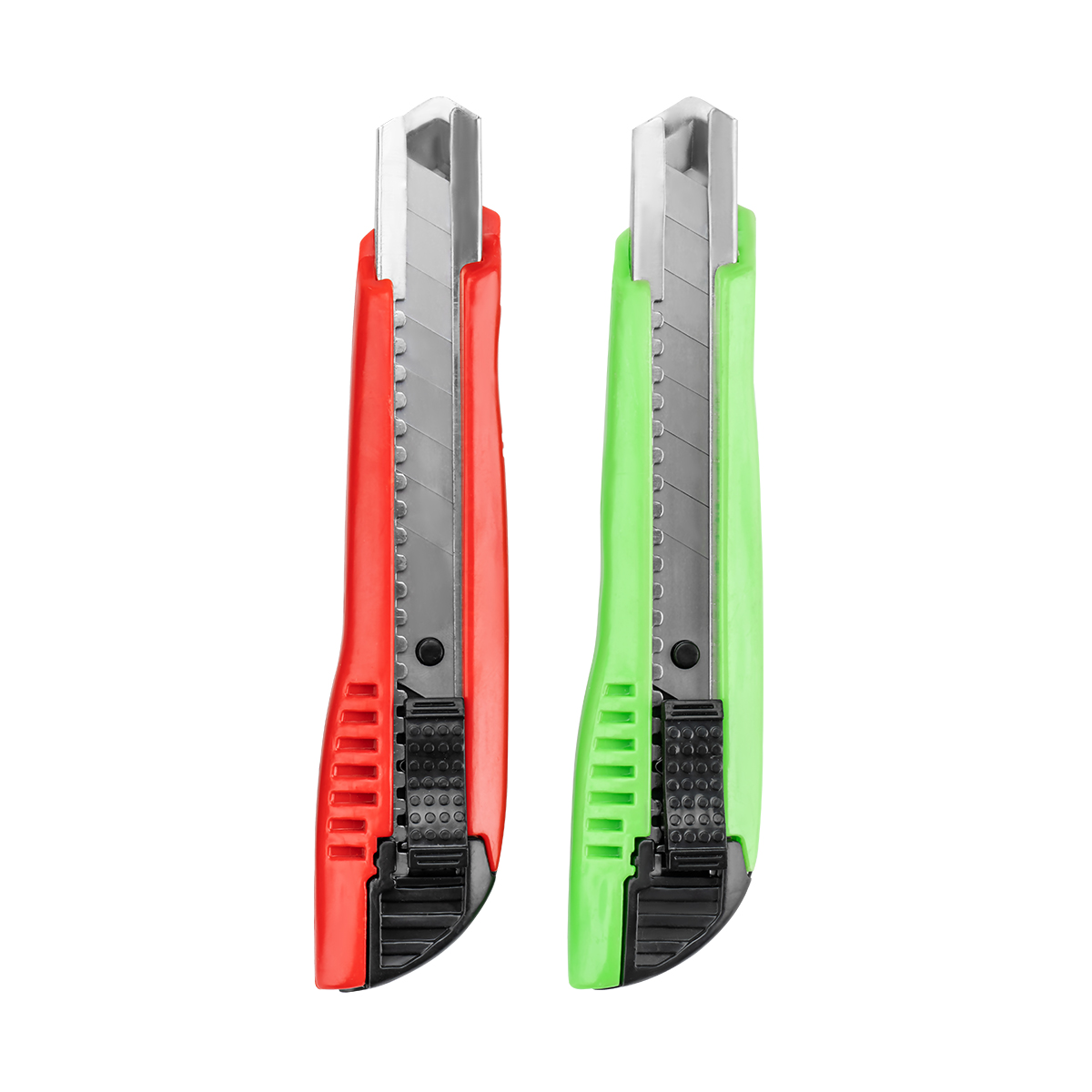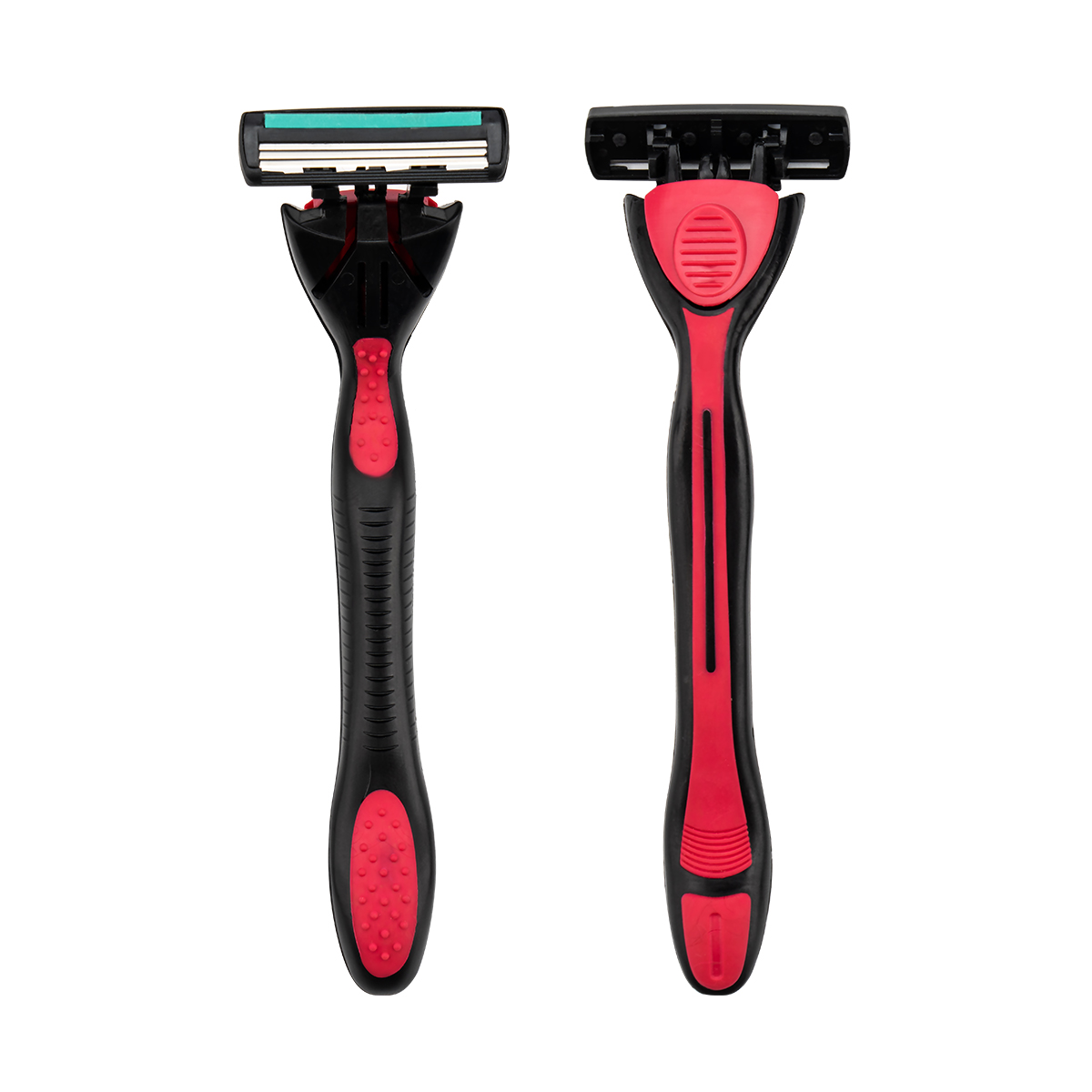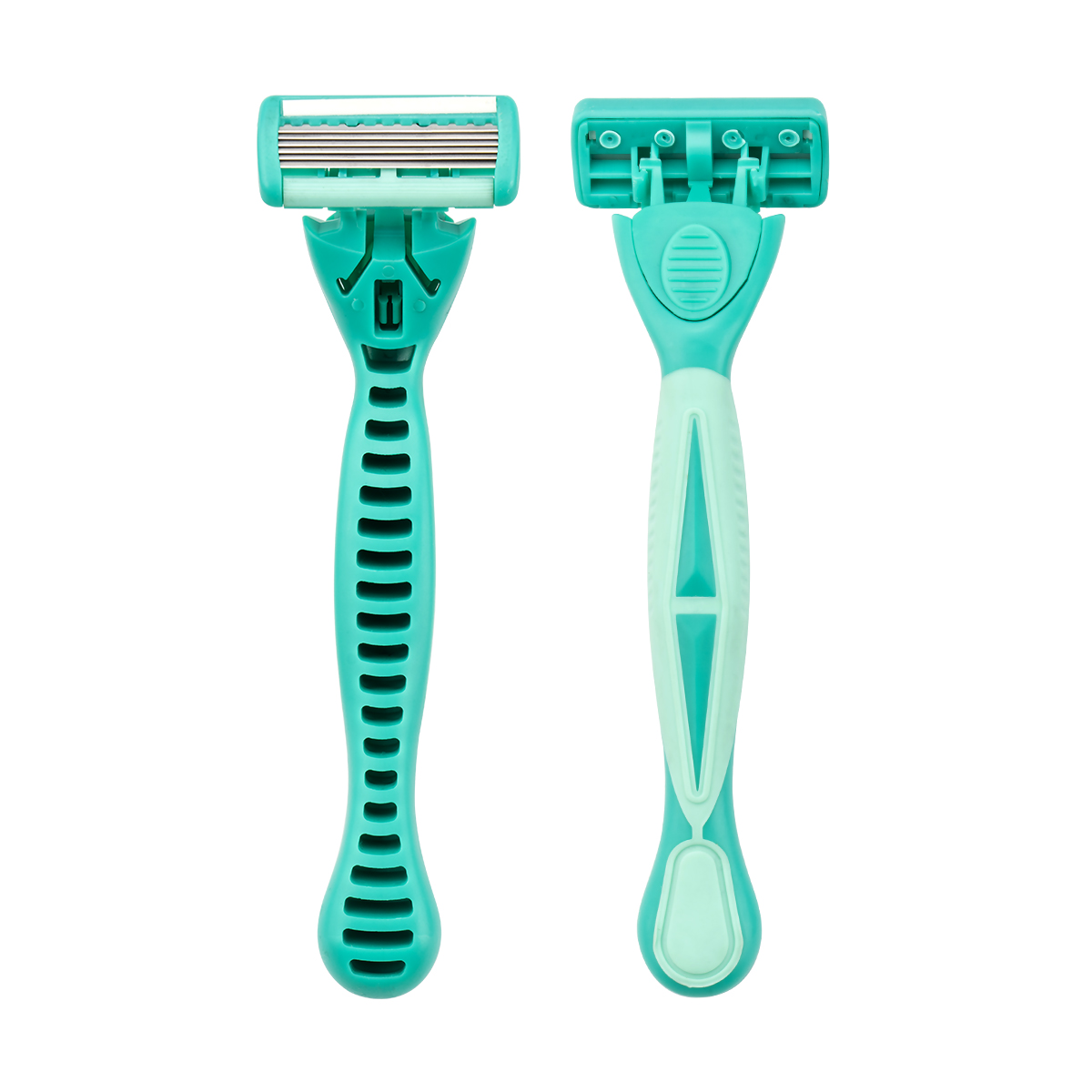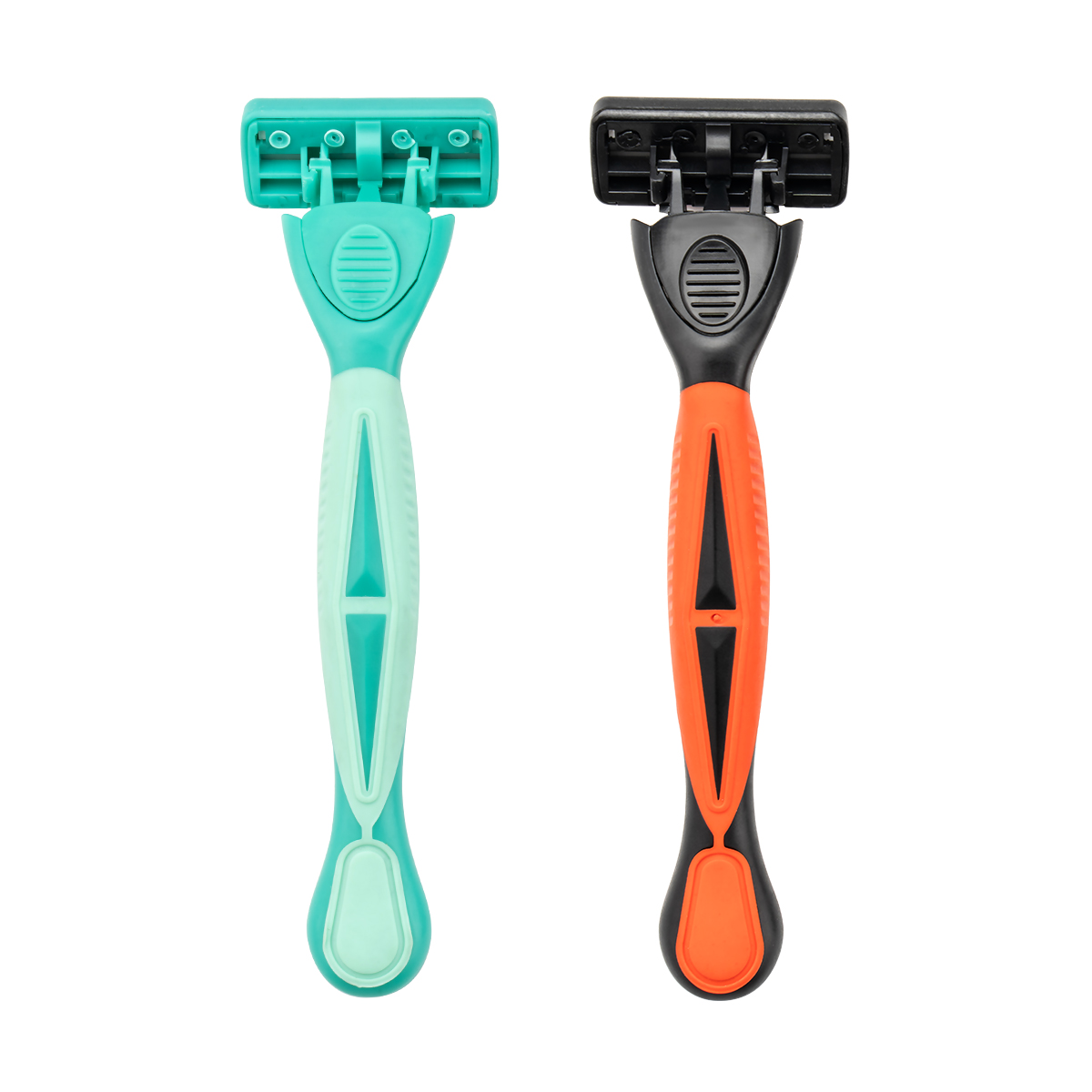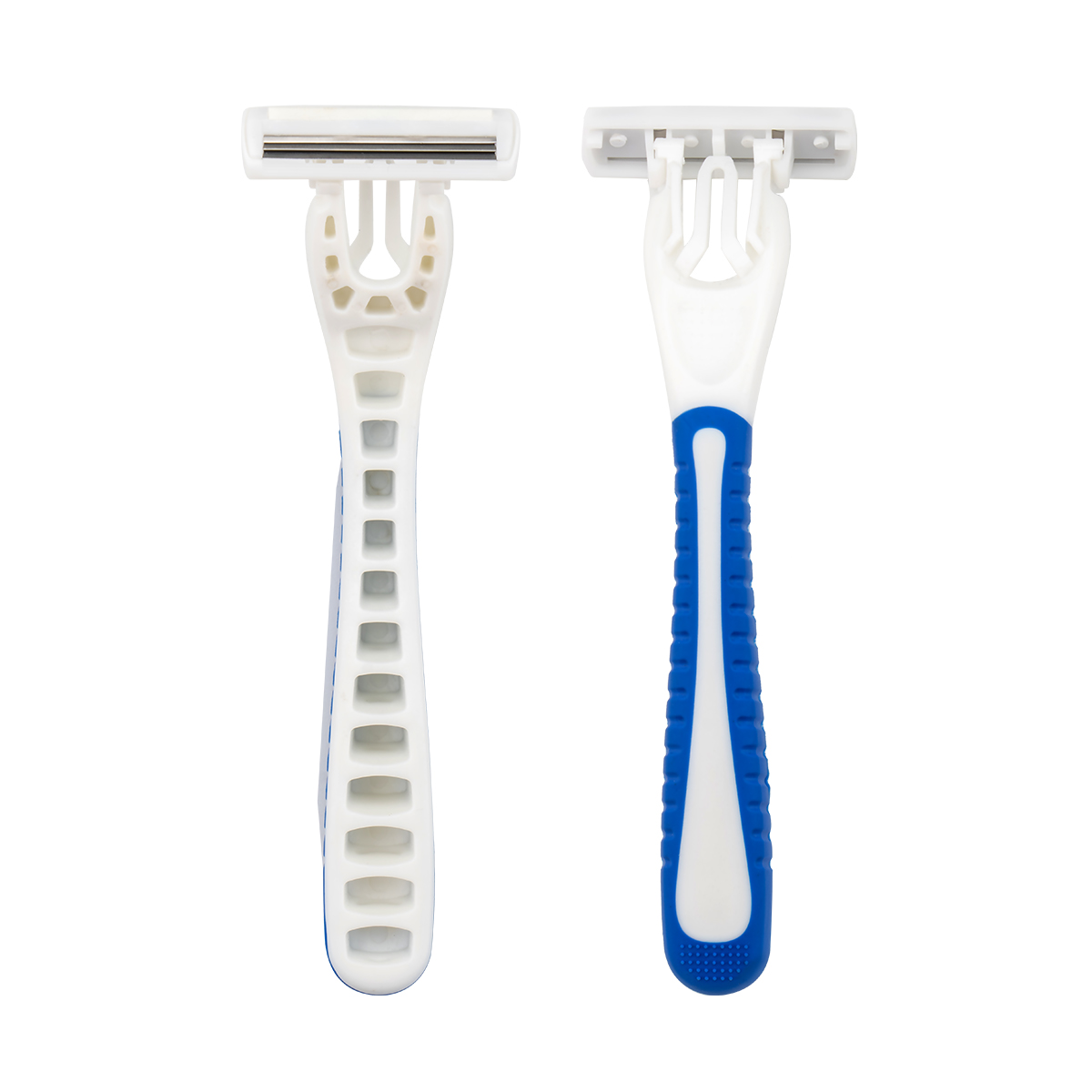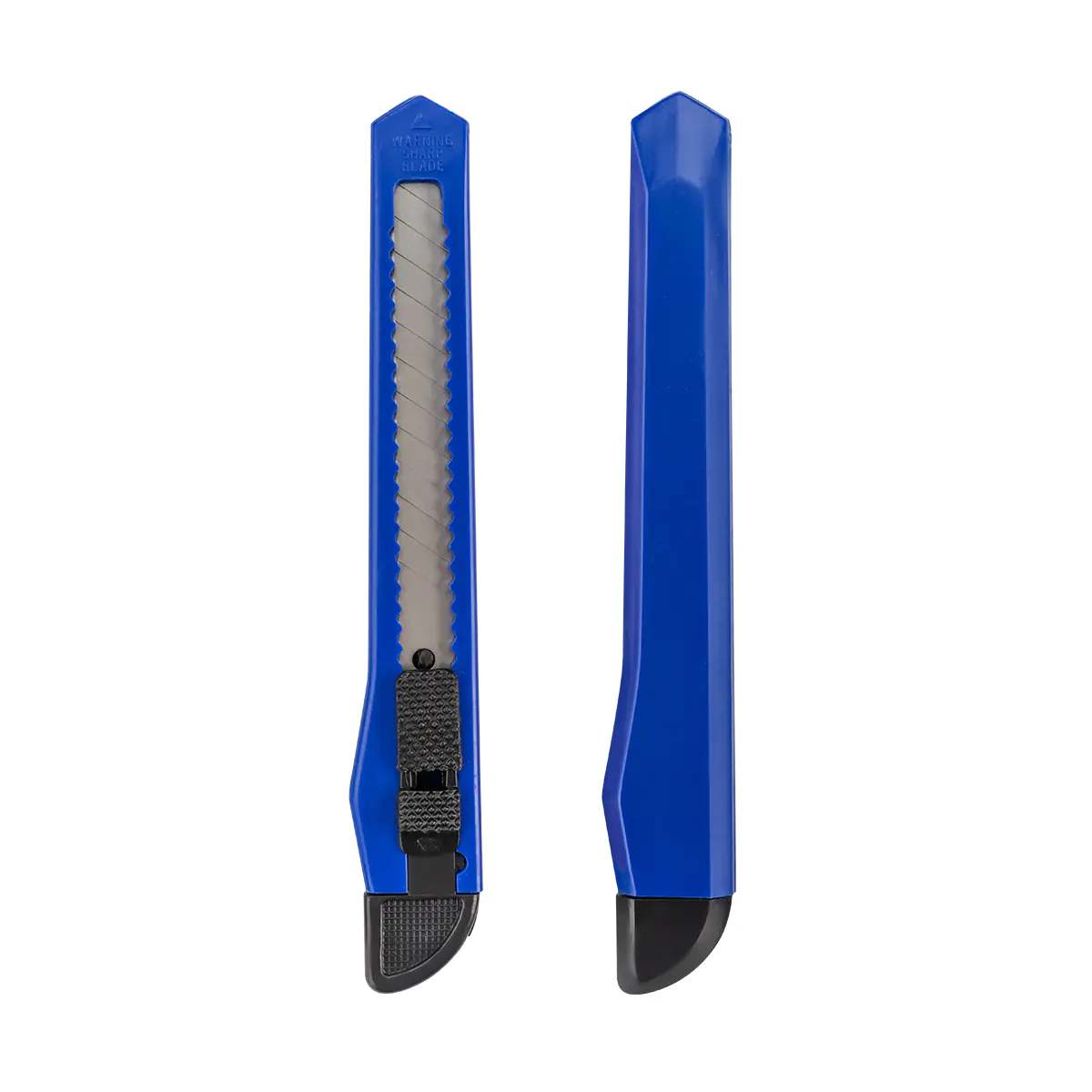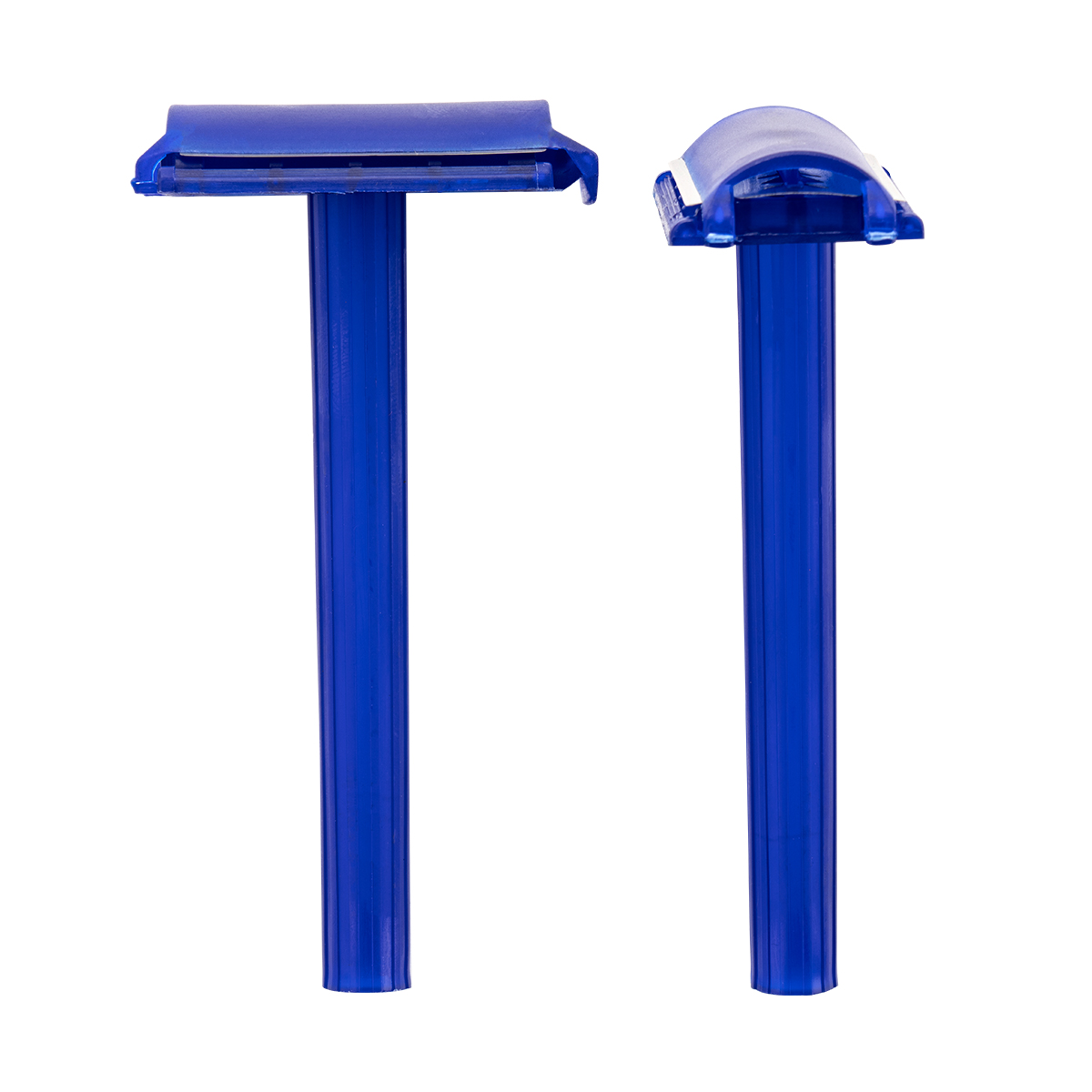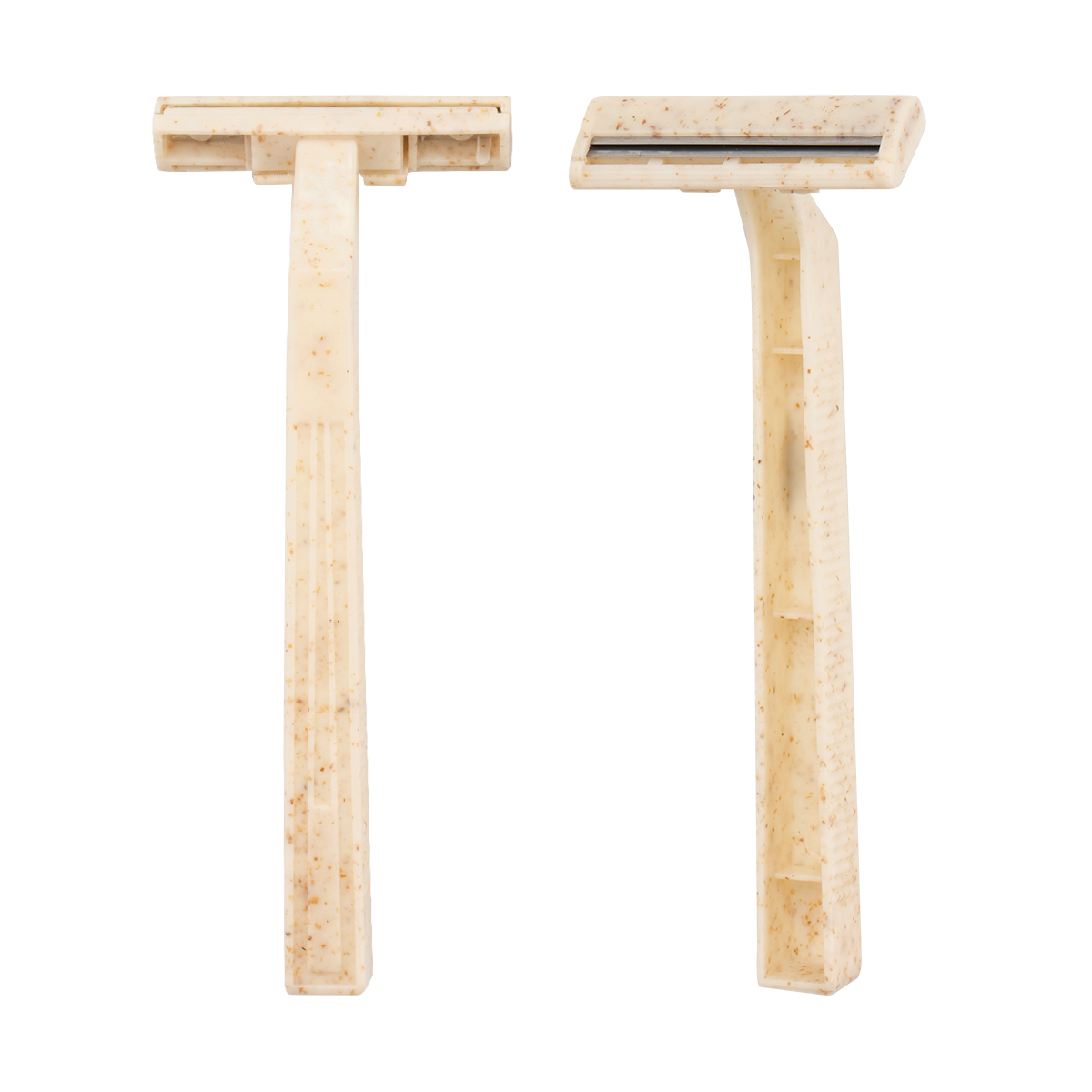We are an industry and trade enterprise
specializing in the production of disposable razors and utility knives for more than 30 years.
Knife News
What is the relationship between the blade wear rate of a utility knife scraper and the hardness of the material being scraped
In industrial and professional applications of utility knife scrapers, blade wear rate is a core technical metric that directly impacts work efficiency and operational costs. Blade wear is a complex tribological phenomenon, but it exhibits a clear, quantifiable physical relationship with the hardness of the scraped material, primarily dominated by the abrasive wear mechanism.
1. Dominant Role of Abrasive Wear Mechanisms
When the blade of a utility knife scraper contacts and applies force to the scraped material (such as dried mortar, hardened adhesive, stubborn paint layers, or stains on ceramic surfaces), the primary wear form is abrasive wear.
Definition: Abrasive wear refers to the process by which the blade surface contacts hard particles or a rough surface. The hard particles act like tiny cutting tools, plowing micro-scratches into the blade, gradually removing blade material.
The Criticality of Hardness Ratio: During the scraping process, the key factor determining wear rate lies in the ratio between blade hardness (typically measured on the Rockwell C Scale (HRC)) and the effective material hardness of the scraped material.
When the scraped material hardness is significantly lower than the blade hardness (for example, when scraping soft sticker residue), the wear rate is extremely low, and the blade life is long.
When the scraped material hardness approaches or exceeds the blade hardness (for example, when scraping construction materials containing hard fillers such as quartz), the abrasive effect is greatly enhanced, and the blade wear rate increases nonlinearly and exponentially.
2. Microstructure and Wear Resistance
The wear resistance of the blade material itself is an inherent defense against the hardness of the scraped material.
Carbide Phase: The wear resistance of professional-grade utility blades (such as high-carbon steel or tool steel) is not simply determined by the matrix hardness. More importantly, it is the type, quantity, and size of the hard carbides within the steel. Special carbides formed by elements like vanadium and tungsten are much harder than the base steel, acting as microscopic fortresses to prevent abrasive particles from penetrating.
Impact: When scraping hard materials, if a blade lacks sufficient hard carbides, its edge will rapidly plastically deform and dull. Conversely, a blade with a high volume fraction of hard carbides, while potentially having a slightly rougher initial edge, will maintain its cutting edge geometry longer, effectively reducing long-term wear.
3. The Inverse Relationship Between Hardness and Toughness
In blade material science, hardness and toughness often represent a trade-off. This relationship directly impacts a blade's suitability for high-hardness scraping tasks.
Consequences of increased hardness: Increasing a blade's HRC value does enhance its wear resistance. However, excessive pursuit of hardness (e.g., HRC ≥62) can make the blade more brittle and reduce its toughness.
Risks of Using High-Hardness Materials: When scrapers are used to remove high-hardness, non-uniform materials (e.g., surfaces with microcracks or embedded hard particles), the blade edge is subjected to impact loads. In this situation, blades with high hardness but low toughness are highly susceptible to chipping or microfracture, a failure mode that is more rapid and catastrophic than progressive wear.
Professional-Grade Balance: Therefore, the design goal of professional utility scraper blades is to find the optimal balance between hardness and toughness, ensuring that the blade resists wear while absorbing the inevitable stress concentrations during operation, preventing premature failure.
4. Synergistic Effects of Surface Treatment and Chemical Wear
In addition to mechanical abrasive wear, surface treatment and chemical wear also synergistically influence the wear rate of blades in complex environments.
Low-Friction Coatings: Coatings such as PTFE (polytetrafluoroethylene) or DLC (diamond-like carbon) can reduce the coefficient of friction between the blade and the scraped material. While they do not directly increase the blade's substrate hardness, they can reduce heat and adhesive wear during the scraping process, indirectly extending the blade's edge life in high-hardness, high-friction environments.
Corrosive Environments: When working with alkaline cleaning residue or certain chemical adhesives, even with moderately hard materials, corrosion can weaken the blade's edge microstructure, making it more susceptible to subsequent mechanical wear and accelerating the overall wear rate.
![]() No. 2-2, Oufu Road, Zhangting Town, Yuyao City, Ningbo City, Zhejiang, China.
No. 2-2, Oufu Road, Zhangting Town, Yuyao City, Ningbo City, Zhejiang, China.
![]() +86-574-87560886/87560055
+86-574-87560886/87560055
![]() +86-574-87560885
+86-574-87560885
Copyright © Ningbo Chuangxin Cutting-Tool Manufacture Co., Ltd.

 English
English 中文简体
中文简体 русский
русский Español
Español